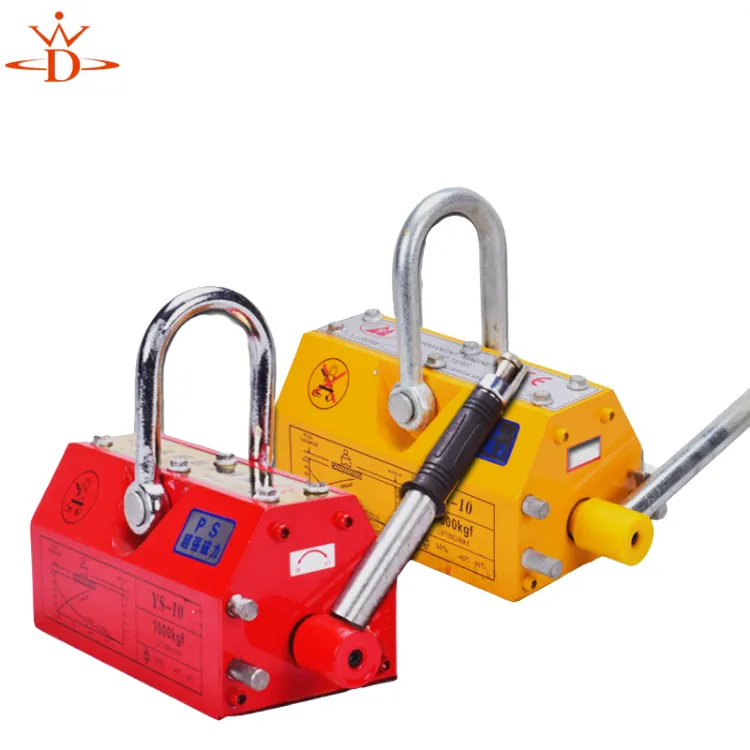Advantages and Applications of Overhead Traveling Cranes in Industrial Environments
Understanding Overhead Travelling Cranes Design, Functionality, and Applications
Overhead travelling cranes, also known as bridge cranes, are critical pieces of equipment used in various industries for lifting and moving heavy materials. Characterized by a hoist that moves along tracks mounted on a bridge, these cranes offer a unique solution for handling loads in a limited space, making them invaluable in manufacturing, construction, shipping, and warehousing environments.
Design and Components
An overhead travelling crane consists of several key components the bridge, runway system, hoist, and controls. The bridge spans the width of the workspace, supported by two end trucks that move along the runway beams. The hoist is attached to the bridge and can move horizontally along it while also being able to lift or lower the load vertically. This configuration allows for maximum efficiency in moving materials from one point to another within a designated area.
The design of these cranes can vary significantly depending on their intended use. For instance, some are designed for heavy-duty applications, incorporating stronger materials and mechanisms to handle substantial weights, while others might be more lightweight and suited for smaller loads. Moreover, customization is common, allowing businesses to integrate features like remote controls, automation, and safety systems tailored to their specific operational needs.
Functionality and Operation
Operating an overhead travelling crane requires specialized knowledge and skills. The crane's operator must understand the limitations of the equipment, such as load capacity, and be adept at using the controls to maneuver the loads safely. Effective communication is also crucial, particularly in busy environments where multiple cranes may be in operation. Signals or radio communication systems are often employed to coordinate movements and ensure safety.
Safety is paramount in crane operation. Overhead travelling cranes are equipped with various safety features, including limit switches, emergency stops, and overload protection devices. These systems work together to prevent accidents and ensure that the crane operates within its designated parameters. Regular maintenance and inspections are also vital to keep the equipment in optimal condition and to mitigate risks.
overhead travelling crane

Applications Across Industries
The versatility of overhead travelling cranes is evident in their wide range of applications. In manufacturing plants, they are commonly used for assembly line operations, moving raw materials to production areas, and transporting finished products. In construction, they facilitate the lifting of heavy materials such as steel beams, concrete panels, and other structural components, making the building process more efficient.
In the shipping and logistics sector, overhead travelling cranes play a crucial role in loading and unloading containers and heavy goods. Their ability to operate in confined spaces makes them an ideal choice for warehouses, where they can maximize vertical space and streamline operations. Additionally, in the automotive industry, these cranes are integral to assembling vehicles and managing parts.
The Future of Overhead Travelling Cranes
As technology advances, the future of overhead travelling cranes looks promising. Automation and smart technology are increasingly being incorporated into crane systems, enhancing their efficiency and safety. For instance, advancements in artificial intelligence and IoT (Internet of Things) are leading to the development of cranes that can perform tasks with minimal human intervention, offering greater precision and productivity.
Furthermore, sustainable practices are being integrated into crane designs, with energy-efficient motors and materials being used to reduce environmental impact. As industries lean towards greener operations, overhead travelling cranes are evolving to meet these demands, ensuring they remain vital assets in the modern workplace.
Conclusion
Overhead travelling cranes are indispensable tools that enhance operational efficiency across various sectors. Their robust design, versatility, and safety features make them ideal for handling heavy loads in confined spaces. As technology continues to evolve, the potential for these cranes to become even more efficient and integrated into automated systems presents exciting opportunities for industries worldwide. Understanding and investing in these cranes can lead to significant improvements in productivity and safety, ensuring businesses remain competitive in a fast-paced market.
-
Unlock Seamless Relocation with Our Heavy Equipment Moving ExpertiseNewsJun.06,2025
-
Unleash Unrivaled Flexibility with Our Adjustable Gantry CraneNewsJun.06,2025
-
Unleash Heavy-Duty Efficiency with Our Industrial Gantry Crane SolutionsNewsJun.06,2025
-
Revolutionize Steel Handling with Our Magnetic Lifter RangeNewsJun.06,2025
-
Master Equipment Mobility with Premium Machinery Mover SolutionsNewsJun.06,2025
-
Elevate Your Material Handling with Magnetic Lifter TechnologyNewsJun.06,2025
-
YS Permanent Lifting Magnets: The Smarter Way to Handle SteelNewsMay.22,2025
